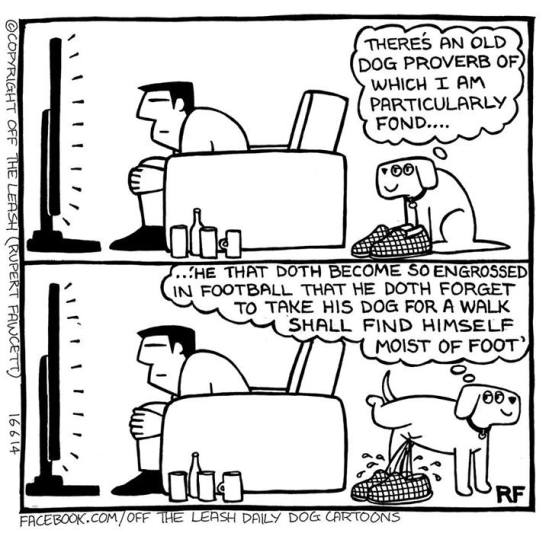Making its way around the internet is an article titled 11 Things Humans Do That Dogs Hate.
Although I am a trainer, I will make no claim to being an “expert” on our four legged friends. I would however like to offer some of my thoughts upon reading this piece.
Some of the things mentioned in the above linked article ring true, to an extent. The author of the article mentions that dogs “like” rules. From what I learned during my schooling (and watching The Dog Whisperer— haha!) dogs do seem to appreciate the feeling of security that having a family “pecking order” and limits seems to offer. However, the author also goes on to say we should not “force” our dog to interact with people or dogs they don’t like. If we are to be the leader of our pack, it is our job to determine and enforce the behavior we want from the rest of our pack, and that may mean tolerating “people” they don’t like if we say so. Furthermore, the idea behind most positive based training methods actually involves motivating the dog in such a way as to make a normally “unpleasant” (ie: interacting with an unliked dog) or ambivalent (learning to sit/lay on command) experience something the dog looks forward to by rewarding desirable behavior.
The author claims that what we tell our dogs with body language is often different from what we actually are verbally asking of them, thus confusing the dog. While this may often be the case, I think that happens more in every day life than in training situations.
The example the author cites is telling a dog to “stay” while leaning forward toward the dog and holding out a hand like a traffic cop is, in body language, actually inviting the dog to come toward you. (see article.) I find this interesting because that is one of the ways I was taught as a trainer to train “stay,” and I have not had any issues with it. If dogs are, as the author suggests, so in tune with body language, a dog who is paying attention to a competent trainer should have no problems picking up new meanings of the “stop hand” or any other physical cue.
Basically, the whole point in training a dog in obedience is that it will sometimes require the dog to go against his “instincts” to do certain things, so her assertion that we should not do certain things with our dogs, (especially in the context of training, ) doesn’t necessarily sit well with me.
As to hugging your dog and head petting, it is true that some dogs may view this as a play for dominance. Many will tolerate it, some will not. As with anything, to me it is common sense that if something you are doing is making a dog uncomfortable or unhappy (unless it is absolutely necessary) you should just stop it. As the author suggests, people should carefully keep an eye on their dogs’ body language to determine if something they are doing is upsetting their furry friend.
Anyway, those were my impressions of the article, such as they are. I welcome any comments or opinions from you, our dear readers (providing of course that they are respectful of other readers and myself.)
I’d love to hear what you all think of these doggie Dos and Don’ts!
Kelly-ABCDT

